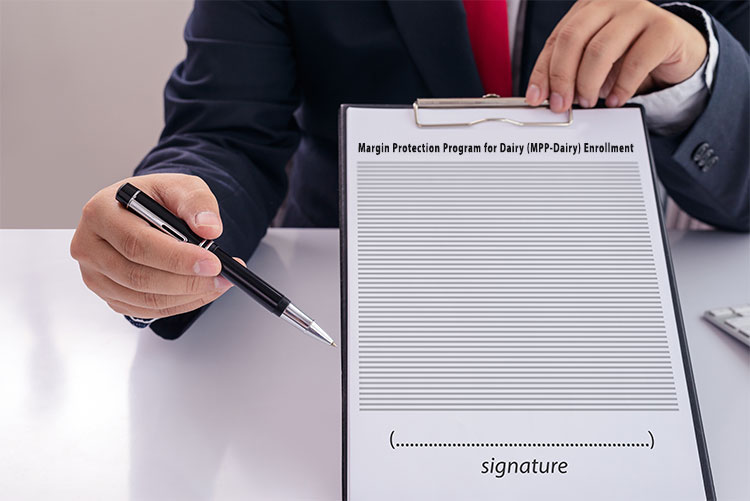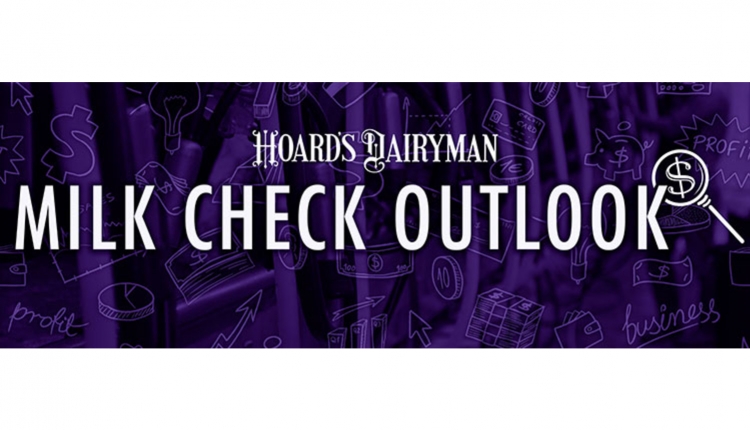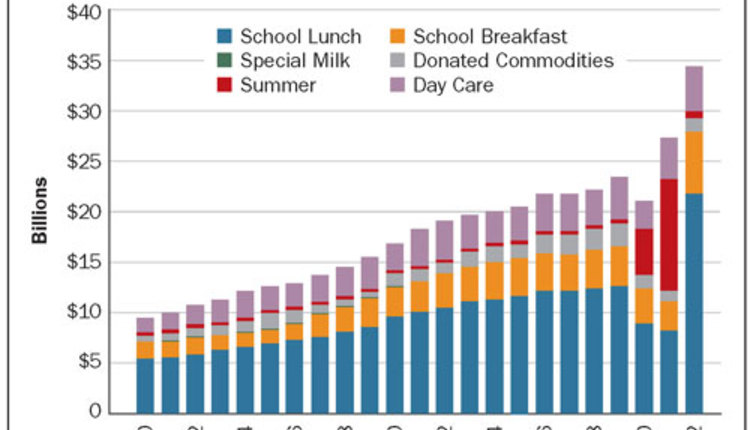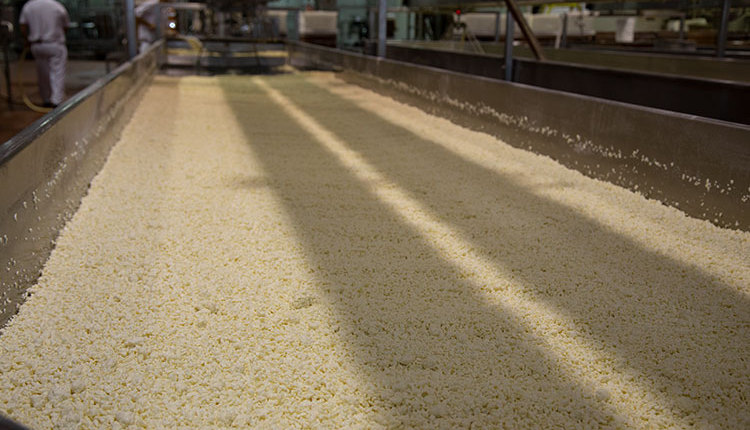
In reviewing the three-part series on MPP-Dairy, there is one final topic that needs more discussion: With premiums that are invariant with risk, the premiums are “high” when risk is low and they are “low” when risk is high.
MPP-Dairy is not a proper insurance program and hence not “rated,” so we don’t know what actuarially fair premiums would be. Nevertheless, we can consider two alternatives that provide a benchmark on premium values.
First, if a farmer tried to use LGM-Dairy (Livestock Gross Margin) to an approximately equal coverage, what would it cost? What we would find is that when margins (the prices underlying the margin calculation) are low, you probably can’t use LGM-Dairy to buy the equivalent of $8 coverage or even $6.50. In effect, the premium for this level of coverage is infinite. Buying a high coverage when margins are expected to be low is likely not even available under LGM-Dairy. On the other hand, if margins are expected to be high, LGM-Dairy will let you obtain coverage for margins higher than $8 and perhaps at a reasonable price, depending on how high margins are expected to be and what coverage you want. For example, if margins are expected to be, say $12, LGM-Dairy may provide fairly low premiums for $9 coverage.
The second angle on this is to use options on milk and feed contracts to create a similar margin. By using a Put on milk and Calls on feeds, a farmer can construct something similar to LGM-Dairy or an insurance on a feed margin. As part of DMaP's original educational program on MPP-Dairy, Marin Bozic did some calculations on this, with the help of a colleague, read them here.
The three previous Hoard’s Dairyman Intels on MPP-Dairy included:
- Are the MPP-Dairy premiums too costly?
- Is the current MPP-Dairy calibrated correctly?
- Can we fix the Margin Protection Program?
To comment, email your remarks to Intel@hoards.com.
(c) Hoard's Dairyman Intel 2017
March 20, 2017








